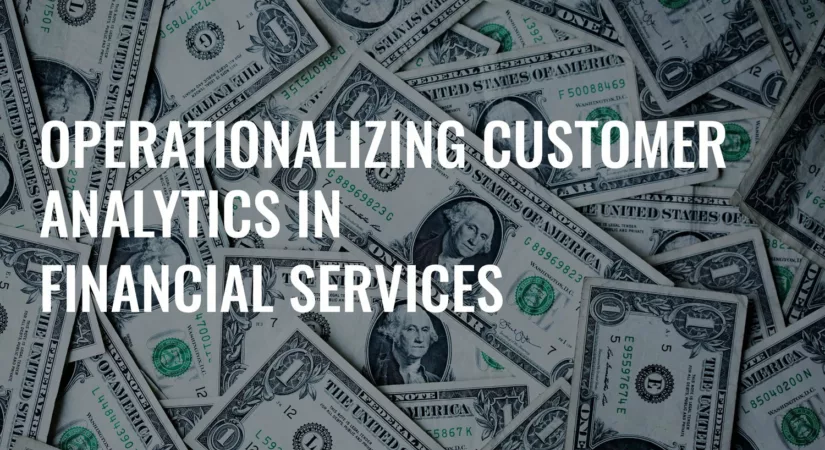-
Organization
Organization models, talent, analytics skills, roles & responsibilities, funding models, etc.
-
Culture
Analytics maturity, information economies, leadership, decision-making skills, ethics, etc.
-
Process, Methods & Practices
Analytics techniques, artificial intelligence, business intelligence, agile, visualization, storytelling, UX design, etc.
-
Plans & Programs
Developing an analytics strategy, building an analytics program, measurement, communication, etc.
-
Demand Management
Business alignment, operationalization, requirements definition, prioritization, ROI, metrics, etc.
-
Data
Data strategy, data management, data governance, access, privacy, data engineering, etc.
-
Tools & Technology
Analytics platform strategy, analytics application lifecycle, Cloud, Dev Ops, tool selection, etc.








